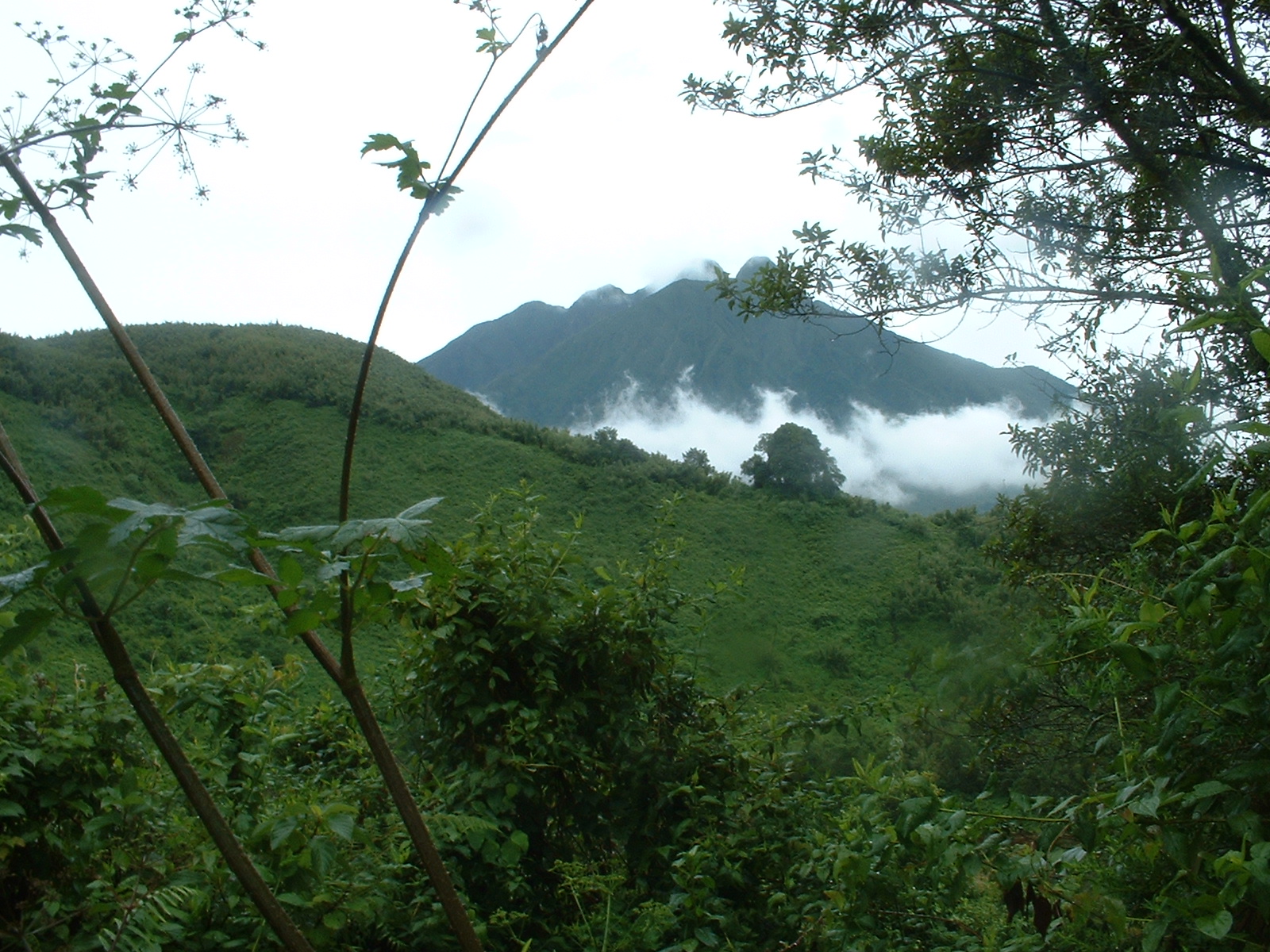
Rhinos Return to their Original Habitat
Saving the Rhino campaigns have resulted in some of the black rhino being re-stocked back in Rwanda. They were virtually wiped out in 1994. Fast forward to June 2019 and another episode of saving the rhinos is re-establishing the species in a hame territory. They are now relocating with this effort, back to the Akagera Park that once had 50 rhino.
Rwanda has been leading the 25 year effort to save the mountain gorilla population. The Virunga National Park’s gorilla numbers returned from the brink. I visited the Virunga Gorillas National Park in 2003 with my project team. I was impressed to see how well protected they were. The Sabyinho gorilla family had armed guards tracking them. So now the Rhino population must have a good chance of repopulating their original habitat.
The five rhinos from European zoos and safari parks will bring to 20 the number of eastern black rhinos in Akagera. These are in addition to a number of the rhinos from South Africa in 2017.
Saving the Rhino will see animals raised in captivity will live on protected land
Pete Morkel is the veterinarian advising on the animal relocation. He is a cousin who was born in the same town as me in Zimbabwe, though I never met him. Indeed he was part of the 2017 relocation from South Africa. This plan has five rhinos flying from the Czech Republic’s Dvur Kralove zoo. Similarly Pete has many years of work experience with saving the rhino in South Africa. I heard last year that Pete Morkel is suffering from a rare cancer. Family is fundraising to get him on expensive treatment. I hoope he hets back to saving the rhino, as it is a difficult animal to manage safely.
Historically, South Africa has the largest, most threatened rhino population in the world. So there in South Africa, poachers kill up to 400 rhino per year. Most poachers are contracted by East Asian crime syndicates to provide just the horn of the rhino, valued higher than gold per kilogram. There, poachers slaughter herds of rhinos on contract.
They cut off their horns to sell to dealers in the underground markets in Asia. The composition of the horn is virtualy identical to human hair. It’s just keratin.
https://www.cbc.ca/news/world/endangered-rhinos-transferred-to-rwanda-1.5188356

Comments
One response to “Saving the Rhino: Relocating back to Rwanda”
Hello Philip, still thinking about Kivu. Send me your email